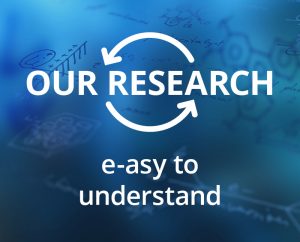Fundamentals of Energy Conversion Processes
A DFG Cluster of Excellence
News
Next podcast episode featured by e-conversion is online!
Prof. Thomas Bein and Dr. Johanna Eichhorn talk about the magic of photoelectrocatalysis.
Professorin Regina de Vivie-Riedle verstorben
Professor Regina de Vivie-Riedle passed away.
Energy researcher in discussion: Prof. Jennifer Rupp
Video and Podcast: Exciting insights into solid-state battery research and the diversity of e-conversion topics.
Events

Schulferien bei e-conversion
Workshops zu Solarenergie bei den außerschulischen Lernorten MUC-Labs.

TUM-Entdeckerinnen
e-conversion bietet Ferien-Workshops für Mädchen am Forschungscampus Garching an.

Landesgartenschau in Kirchheim
e-conversion is presenting itself in the pavilion of the Bavarian State Office for the Environment

e-conversion Conference 2024 in Venice
Please register for our Cluster Conference together with CeNS in September 2024.
Highlights
Recent Publications
The Critical Role of Anharmonic Lattice Dynamics for Macroscopic Properties of the Visible Light Absorbing Nitride Semiconductor CuTaN2 Journal Article
In: Advanced Energy Materials, vol. 14, no. 19, pp. 2303059, 2024, ISSN: 1614-6832.
Autonomous battery optimisation by deploying distributed experiments and simulations Journal Article
In: ChemRxiv, 2024.
Attention towards chemistry agnostic and explainable battery lifetime prediction Journal Article
In: npj Computational Materials, vol. 10, no. 1, pp. 100, 2024, ISSN: 2057-3960.













